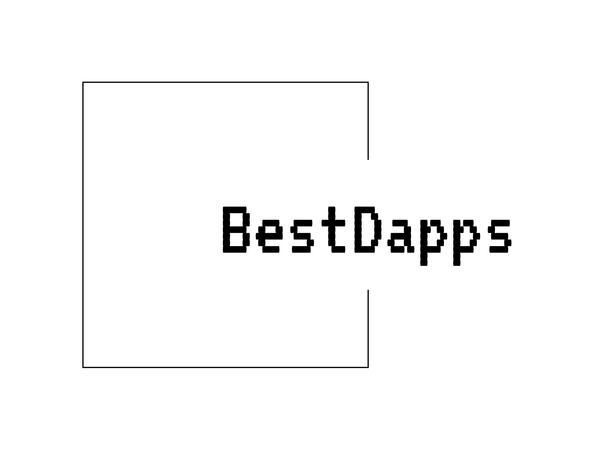
Decoding VET Tokenomics: A Comprehensive Guide
Share
Understanding VET Tokenomics
The VET token is the native cryptocurrency of VeChain, a blockchain platform focused on enhancing supply chain management and business logistics. With a unique two-token system, its tokenomics hold vital importance for understanding the financial and economic structure of the platform. Below, we'll explore the core aspects of its tokenomics, including the total supply, distribution, and utility of the VET token.
Total Supply and Token Distribution
VET has a fixed maximum total supply of 86,712,634,466 tokens. It's crucial to consider the distribution strategy when analyzing tokenomics, as it heavily impacts aspects such as inflation and scarcity. Nearly 41% of the total token supply was sold in VeChain's initial coin offering (ICO) back in 2017, while the rest of the supply has been distributed across foundational users, enterprise investors, and team members, among others. The token allocation breaks down as follows:
- Public Sale (ICO): 41%
- Enterprise Investors: 23%
- Foundation (development and ecosystem growth): 12%
- Team and Project Stakeholders: 11%
- Private Investors: 9%
- Advisors and Nurturing Programs: 4%
These distribution percentages play a key role in how evenly or unevenly the tokens are held within the VeChain ecosystem. Large corporate partners and the core team hold a significant portion of the supply, which gives them greater influence within the project but could also be seen as centralization of control within the network.
Utility and Economic Model
VET serves as a smart-money token, mainly used for staking and transferring value across the VeChain network. However, what sets VeChain’s tokenomics apart is its dual-token system, comprising VET and VTHO (VeThor token). VET is used to generate VTHO, which powers transactions and smart contracts on the VeChainThor blockchain.
This setup introduces an underlying mechanism to balance usage costs for developers and users. Essentially, VET holders are rewarded with VTHO, which can be used for writing data on the blockchain or sold in the market. This process allows VET holders to benefit from the overall growth and activity of the network itself.
Staking and Governance
Another key aspect of VET’s tokenomics is its utility in staking and governance. Token holders can stake VET to generate VTHO and participate in network governance decisions. The more VET a user holds or stakes, the greater their voting weight within the system. This has implications for how decentralized the governance can actually be, given that a small number of entities hold a large proportion of tokens.
Overall, understanding the tokenomics of VET requires paying attention to its supply distribution, dual-token model, staking rewards, and governance weight. These elements together create a framework that is both innovative but also marked by certain centralization concerns inherent in its distribution model.
